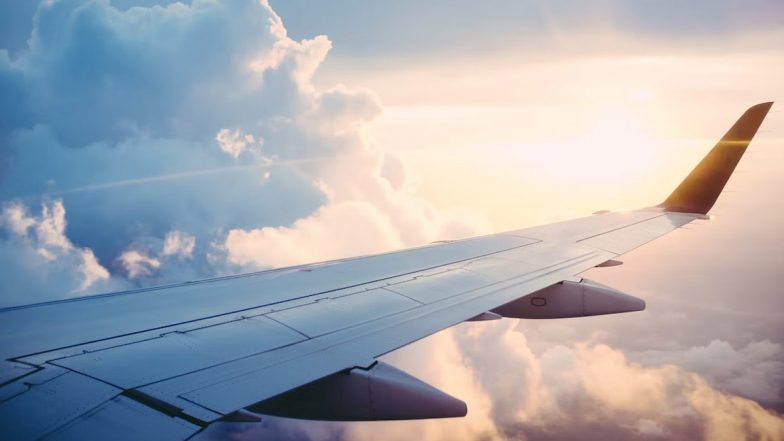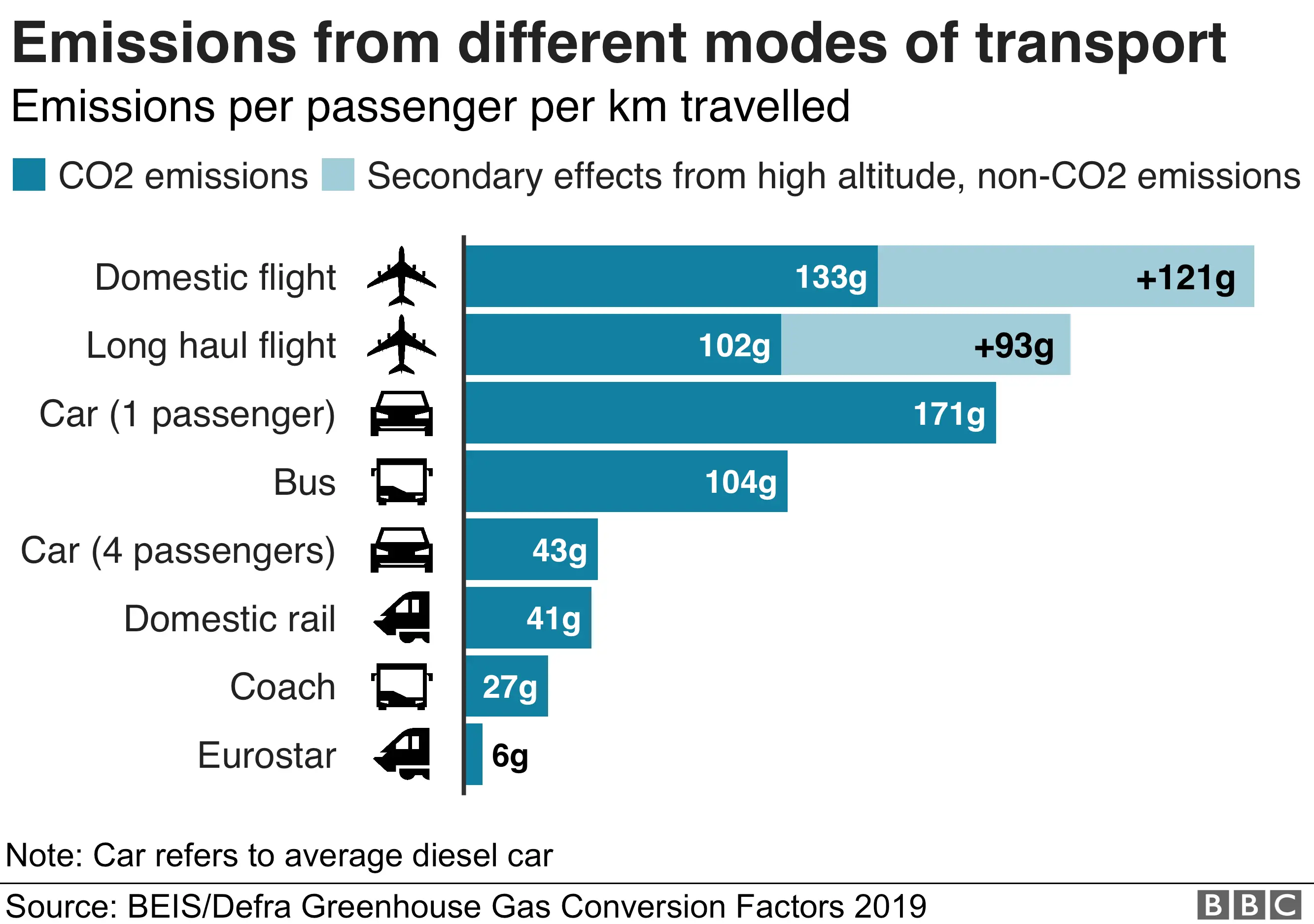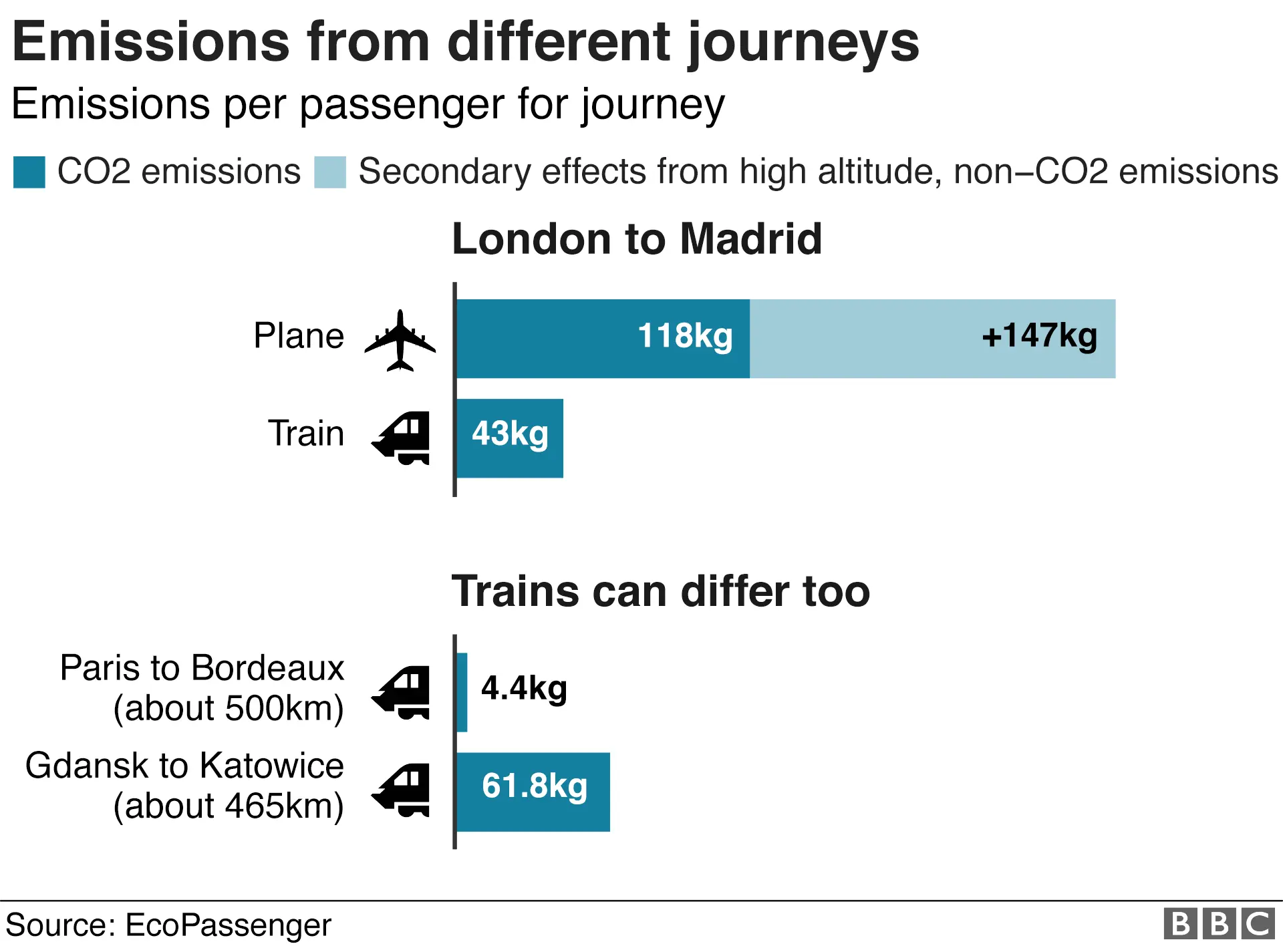gabe
Senior Member
U.S. Representative Slotkin reports that a “UFO” is currently being Tracked by NORAD over Lake Huron
You're right. A closer look shows Elmendorf AFB (Anchorage) quite a bit closer to the Mayo YT area than Cold Lake.The issue here, if im not mistaken, is the Americans were closer. Both Canadian and US jets were scrambled but the US base was way closer and so they arrived first and as a result Trudeau had them take it down.
I do agree I would rather it have been our planes but I think this moreso exposes the fact that we need an airbase in the north.
Could stick this in the U.S. thread, but since we're discussion Chinese balloons and other UFOs here.........
The U.S. just closed air space over Lake Michigan for national security reasons:

UFO Sighted Again? US Closes Airspace Over Parts of Lake Michigan for 'Defence Related Reasons' After Shooting Down Unidentified Flying Objects Above Alaska and Canada | ð LatestLY
"The temporary flight restriction that was in place over Lake Michigan to ensure the safety of air traffic in the area during North American Aerospace Defense Command (NORAD) operations has been lifted", said NORAD in a tweet. ð UFO Sighted Again? US Closes Airspace Over Parts of Lake Michigan...www.latestly.com
U.S. Representative Slotkin reports that a “UFO” is currently being Tracked by NORAD over Lake Huron

What are aviation emissions?
Flights produce greenhouse gases - mainly carbon dioxide (CO2) - from burning fuel. These contribute to global warming when released into the atmosphere.
An economy-class return flight from London to New York emits an estimated 0.67 tonnes of CO2 per passenger, according to the calculator from the UN's civil aviation body, the International Civil Aviation Organization (ICAO).
That's equivalent to 11% of the average annual emissions for someone in the UK or about the same as those caused by someone living in Ghana over a year.
Aviation contributes about 2% of the world's global carbon emissions, according to the International Air Transport Association (IATA). It predicts passenger numbers will double to 8.2 billion in 2037..
And as other sectors of the economy become greener - with more wind turbines, for example - aviation's proportion of total emissions is set to rise.

Police dysfunction, stubborn politics and a “failure of federalism” turned last winter’s so-called “Freedom Convoy” protests into a national crisis that warranted the first-ever use of the Emergencies Act, Ontario Justice Paul Rouleau concluded in a much-anticipated report.
Rouleau determined – “with reluctance” – that Prime Minister Justin Trudeau’s Liberal government met the “very high threshold” to trigger the act and create a host of extraordinary police powers to quash the protests. But Rouleau also called the protests “legitimate,” and blamed government leaders – at all levels – and police for failing to anticipate and “properly manage” the demonstrations against COVID-19 health measures, something he described as a predictable response to a disruptive pandemic.
“Had various police forces and levels of government prepared for and anticipated events of this type and acted differently in response to the situation, the emergency that Canada ultimately faced could like have been avoided,” Rouleau wrote.
“Unfortunately, it was not.”
He singled out the police for a “series of failures,” including significant ones that he said “contributed to a situation that spun out of control.” He also called the crisis a “failure of federalism,” concluding that – at least sometimes – political leaders responding to the convoy protests did not “rise above politics and collaborate for the common good.”
Spanning roughly 2,000 pages, Rouleau’s report was tabled in Parliament on Friday and serves as the punctuation mark to a yearlong saga over the protest crisis and the government’s controversial use of the Emergencies Act to end it. As required in that law itself, the government launched a public inquiry into the episode and appointed Rouleau to oversee weeks of open hearings where police, bureaucrats, protest leaders and politicians – including Trudeau himself – testified for hours about what happened.
Civil liberties groups, federal Conservatives and convoy leaders charged that the government went too far — and even violated constitutional rights — by using the Emergencies Act against convoy protesters. The move gave police extraordinary powers to outlaw public assemblies in certain areas, compel tow truck drivers to help clear blockades, and ensure banks freeze the bank accounts of participants in protests that were deemed illegal.
In his report, Rouleau agreed with the Trudeau government that there was a “reasonable belief” that the protest crisis met the required definition of a “threat to the security of Canada.” In invoking the act, the government claimed the crisis posed a threat of “serious” political violence – a claim that was hotly contested during the inquiry after it became clear Canada’s spy agency didn’t believe that definition was met.
But the Trudeau government concluded it could take a broader interpretation than that of the spy agency, and Rouleau agreed, writing that the government could reasonably come to a different conclusion by considering a wider range of factors. The federal cabinet had information indicating such a security threat, Rouleau concluded, noting how known “ideologically motivated extremists” were at the protests; that Trudeau, Ontario Premier Doug Ford, and a host of other politicians and police leaders received threats; and that the “rhetoric of the protests” became more violent, including through “references to assassination” and calls to force out the elected Trudeau government.
Rouleau also pointed to how the RCMP seized a cache of guns and body armour at the convoy blockade in Coutts, Alta., which he called a “concrete manifestation of the very risk” the government had identified.
“When the record is viewed as a whole, the inference connecting the protests to threats of serious violence and the achievement of political or ideological objectives is readily and reasonably available,” Rouleau wrote.
He also stressed that many of the protesters may have intended to be peaceful, “but the situation escaped their control.
“The threshold for invocation (of the act) is the point at which order breaks down and freedom cannot be secured or is seriously threatened. In my view, that threshold was met here,” he wrote, adding that he did not “come to this conclusion easily.”
The Emergencies Act also requires that no other law in Canada can address a crisis before it can be invoked. Here, too, Rouleau concluded the threshold was met, stating that many provinces were affected and protests groups were spread out across the country.
“This was a nationwide, mobile, and constantly evolving series of events,” he wrote. “It was a national situation, requiring national measures such as cutting off funding to the protests, which no province had the authority to do.”
Rouleau, however, also concluded the need to invoke the act was avoidable – and that it was government and police failures that made it necessary.
He said much of the “disarray” that occurred in Ottawa – where the protesters staged a three-week occupation around Parliament Hill – was due to local police’s mistaken belief that demonstrators would leave after a few days. This was contradicted by available Ontario Provincial Police intelligence, which highlighted for weeks ahead of time how protesters might stay until their demands to lift health restrictions were met. But top brass in the Ottawa police didn’t see these reports because they had no system to ensure they were properly distributed, Rouleau wrote, questioning why intelligence wasn’t gathered at a national level for what become a national event.
There was also a “breakdown” in the Ottawa police’s command structure, with abrupt shifts in responsible personnel during the crisis; a failure to properly use police negotiating teams; “poor communication” within and between police forces; and tensions that caused then-Ottawa police chief Peter Sloly to lose trust in some of his officers, Rouleau wrote.
Rouleau also blamed Trudeau – who called protesters part of a radical “fringe minority” – for enflaming the protesters and “further embittering them toward government authorities.” He wrote that Trudeau may have been referring to racist and extremist messages – Nazi and Confederate flags were spotted among the Ottawa protest – but that he should have acknowledged that “the majority of protesters were exercising their fundamental democratic rights” to denounce what they saw as government overreach.
Looking at the Ford government in Ontario, Rouleau noted its “troubling” reluctance to get directly involved until the convoy blockade of the economically crucial Ambassador Bridge between Windsor and Detroit.
This was an example of political dysfunction that hampered the response and made the situation worse, he concluded.
“Had there been greater collaboration at the political level from the start, it could well have assisted in ironing out the communication, jurisdictional and resourcing issues that plagued the early response to the protests,” he wrote.
The report includes 56 recommendations on how to better respond to national emergencies in the future. Several involve better protocols for police to share information, gather intelligence and share it, including through the creation of a national intelligence co-ordinator for major events.
Another 22 recommendations look at how the Emergencies Act should be amended and clarified. Rouleau also provided suggestions concerning how the act is deployed and changes over how its potential future invocations should be studied.
A top recommendation calls for CSIS Act definition of “threats to the security of Canada” to be removed from the Emergencies Act.
Rouleau also recommended that the definition of a public order emergency, as outlined in the Emergencies Act, should be modernized to better reflect risks to the public now and in the future.
Rouleau said the act must be amended to compel Ottawa to produce a “thorough written record” of the process leading up to the declaration of a public order emergency, echoing calls from government critics regarding a lack of transparency over the decision.
What's the speed difference though. That's the thing that will make people change.If any Canadian government wants to show that they are trying to reduce carbon emmisions across Canada, high-speed rail will help.
Climate change: Should you fly, drive or take the train?
From link (these are based on Europe).


With or without going through security checks, waiting for your luggage to appear, and waiting in line for departure and arrival?What's the speed difference though. That's the thing that will make people change.
Feel free to include that time.With or without going through security checks, waiting for your luggage to appear, and waiting in line for departure and arrival?
So I'm just going to assume at this point you don't have the travel times available.Plus time to get downtown to downtown?




